16 Cool Weather Crops to Plant this Fall
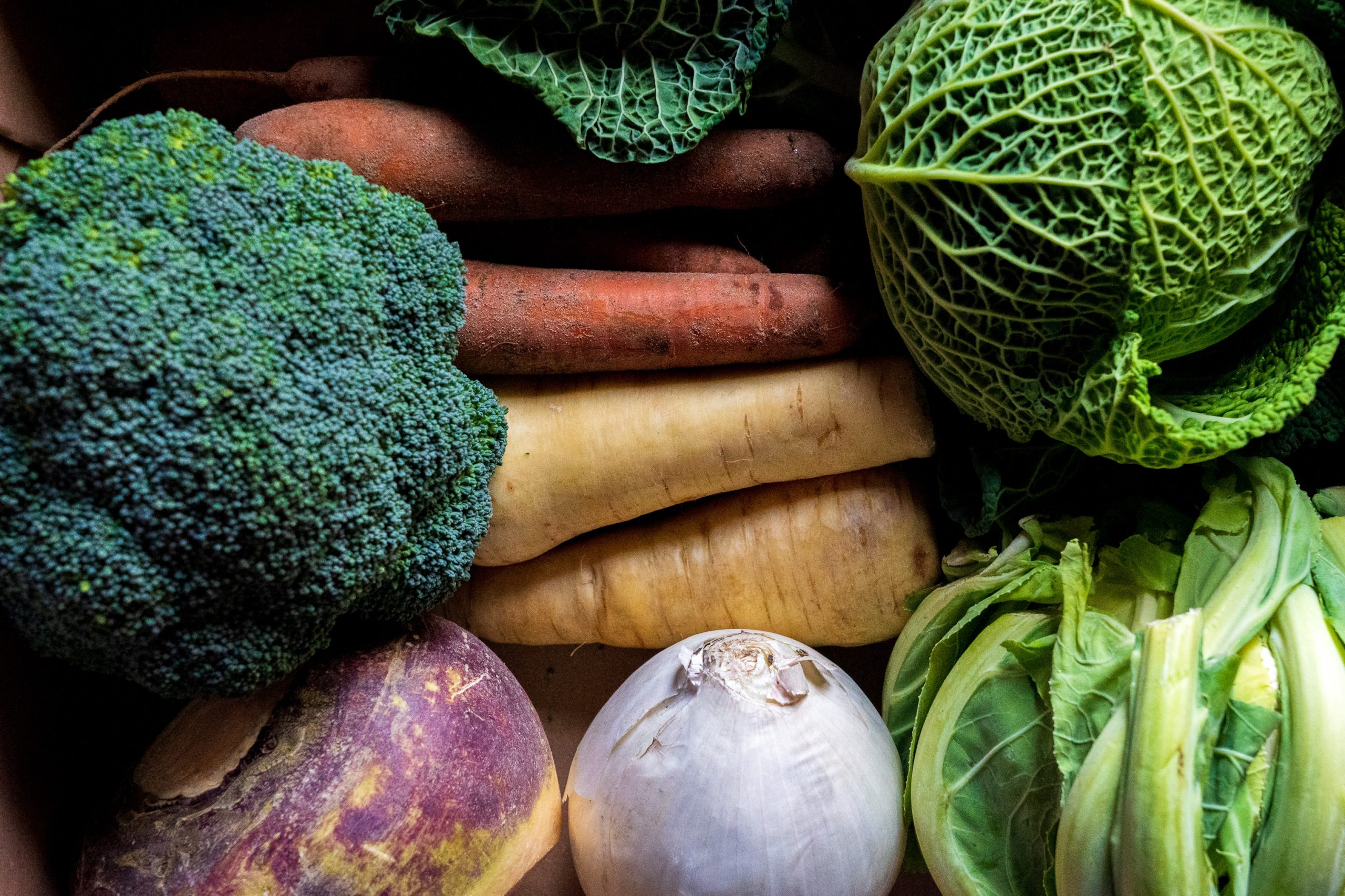
With summer winding down and my garden in full motion, I can’t help but feel a little sad that planting time is over. Does anyone else feel this way? Planting seeds or seedlings in the dirt and watching them sprout and bloom is a joy unlike any other, one that has always been reserved (at least for me) for spring and early summer. It never occurred to me that this joy of planting and growing could also happen in the later months as winter slowly creeps in.
Thankfully for me and those who feel like me (including you, I’m guessing since you are reading this post), there are a variety of cool weather crops that can be planted in late summer, ensuring an early autumn crop of vegetables!

What are cool weather crops?
Cool weather crops (also known as cold weather crops) are crops that thrive in temperatures below 70 degrees Fahrenheit (23 degrees Celcius). The most common cool weather crops are grown based on either their leaves (lettuce, spinach, arugula, etc.), immature flowers (broccoli, cauliflower), roots (carrots), or seeds (peas).
Many of the cool weather crops germinate in soil temperatures as low as 40 degrees Fahrenheit (4 degrees Celcius), but peas, onions, and lettuce can germinate as low as 35 degrees Fahrenheit (1 degree Celcius).
If you are wanting to grow any of the below crops you want to make sure that they are planted either early enough in the spring or late enough in the summer that they reach maturity when the weather is cool and not hot.
Arugula

Arugula (Eruca sativa) is a favorite for salad lovers everywhere. This peppery leafy green does best during cool weather, as warmer summer temperatures will cause the plants to go to seed.
Spring: Direct-sow into the garden (full sun preferred) as soon as the threat of hard frost (when both the air and the ground freeze) has passed.
Fall: Direct-cow when summer temperatures start to decline.
Arugula General Information
Scientific Name: Eruca sativa
Other Common Names: Rocket, Roquette
Germination: 4 to 8 days
Hardiness: USDA Zones 3 to 11 (-40°F / -40°C)
Harvest: 6 to 8 weeks
Height: 6 to 12 inches (15 to 30 cm)
Invasive: Self-seeding
Life Span: Annual
Plant Type: Vegetable
Season: Spring and Fall
Sun Exposure: Full Sun to Part Sun
Beet / Beetroot
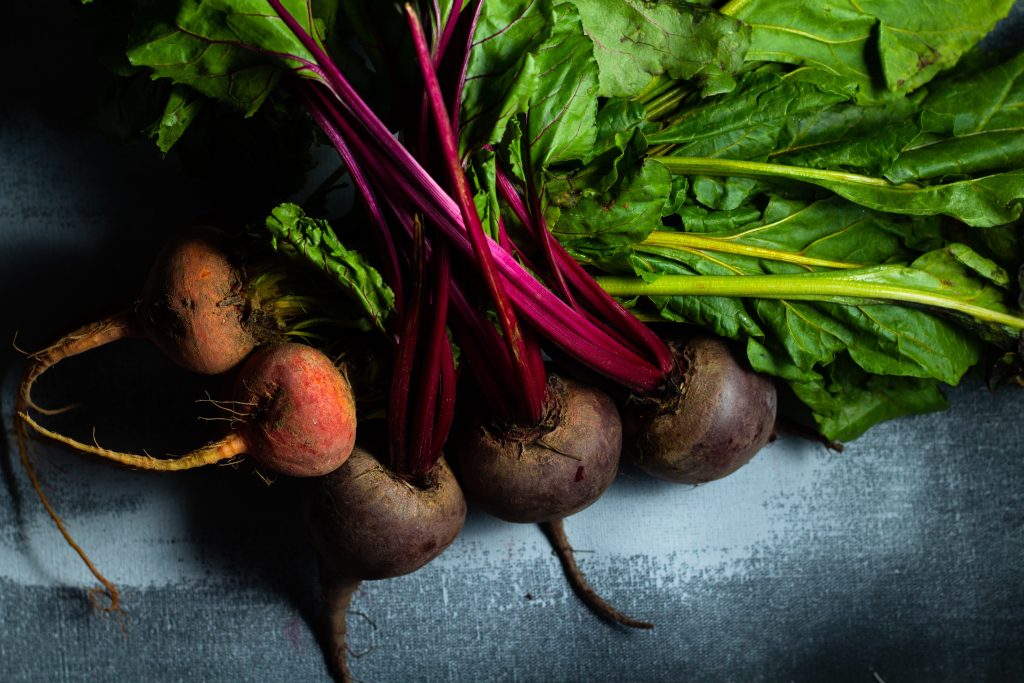
Beets (Beta vulgaris subsp. vulgaris ‘Conditiva Group’) also known as beetroot are a wonderful cool weather crop since they can be harvested for both their leaves and their root. They are easy to grow in your garden due to being pretty hardy against frost and can survive air temperatures as low as mid-20 degrees Fahrenheit (-3 degrees Celcius to 0 degrees Celcius).
Spring: Direct-sow about one month before your last spring frost.
Fall: Direct-sow seeds 8 to 10 weeks before your first frost date of the season.
Beet General Information
Scientific Name: Beta vulgaris subsp. vulgaris ‘Conditiva Group’
Other Common Names: Beetroot
Germination: 5 to 8 days
Hardiness: USDA Zones 2 to 11 (-50°F / -45°C)
Harvest: 3 to 5 weeks
Height: 1 to 3 feet (30 to 91 cm)
Invasive: No
Life Span: Annual
Plant Type: Vegetable
Season: Spring and Fall
Sun Exposure: Full Sun
Bok Choy

Bok Choy (Brassica rapa subsp. chinensis) is one of the more uncommon crops in the garden. However, it is a great leafy green, also known as Chinese cabbage. It is great for gardens that have some partial-shade spots, as the crop does well with less light than most veggies.
Spring: It is recommended to jump-start the seeds indoors, about 4 to 6 weeks before your last frost date. Then, when the danger of frost has passed, plant the seedlings in the garden.
Fall: Direct-sow the seeds into your garden about 50 days before your first expected frost date.
Bok Choy General Information
Scientific Name: Brassica rapa subsp. chinensis
Other Common Names: Pak choi, Pok choi
Germination: 10 days
Hardiness: USDA Zones 2 to 11 (-50°F / -45°C)
Harvest: 30 to 45 days (30 days for “baby bok choy”)
Height: 3 to 4 inches (baby) to 24 inches (7 to 60 cm)
Invasive: No
Life Span: Annual, Biennial
Plant Type: Vegetable
Season: Spring and Fall
Sun Exposure: Full Sun to Part Sun
Broccoli

Broccoli (Brassica oleracea var. italica) is a favorite among cool weather crops. This plant thrives best in the cooler spring or autumn months, as warmer temperatures may cause the broccoli heads to flower and go to seed.
Spring: Start seeds indoors about 6 to 8 weeks before your last frost date. The seedlings can be planted in the garden when the threat of frost has passed.
Fall: Direct sow 85 to 90 days before your first fall frost date. Broccoli takes anywhere from 50 to 110 days to mature, but it can survive a light frost in the early stages of autumn.
Broccoli General Information
Scientific Name: Brassica oleracea var. italica
Other Common Names: None
Germination: 7 to 10 days
Hardiness: USDA Zones 2 to 11 (-50°F / -45°C)
Harvest: 50 to 110 days
Height: 18 to 24 inches (45 to 60 cm)
Invasive: No
Life Span: Annual
Plant Type: Vegetable
Season: Spring and Fall
Sun Exposure: Full Sun
Brussels Sprout
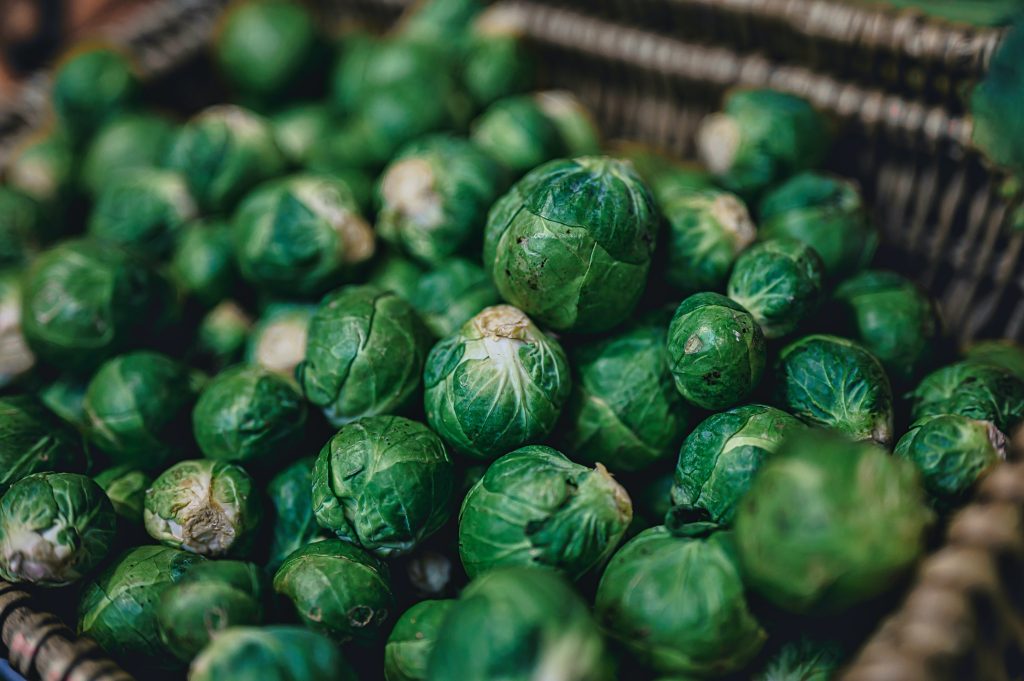
Brussels sprouts (Brassica oleracea var. gemmifera) are one of the crops that love a good frost. In fact, a light frost or two helps to enhance the flavor of the vegetables. Since they are a long-growing crop, they are better suited for a late fall/early winter harvest.
Brussels sprouts take a long time to mature, so they should be planted about 3 to 4 months before the first frost date of the season. They can be harvested as soon as the sprouts are firm and about 1 inch (25 mm) in diameter.
Brussels Sprout General Information
Scientific Name: Brassica oleracea var. gemmifera
Other Common Names: None
Germination: 7 to 12 days
Hardiness: USDA Zones 2 to 9 (-50°F / -45°C)
Harvest: 80 to 130 days
Height: Up to 3 feet (91 cm)
Invasive: No
Life Span: Annual
Plant Type: Vegetable
Season: Spring and Fall
Sun Exposure: Full Sun
Cabbage

Cabbage (Brassica oleracea var. capitata), just like brussels sprouts, also have their flavor enhanced when exposed to a light frost. However, you can plant in the spring, as well, for a summer harvest.
Spring: Start cabbage seeds indoors about 6-8 weeks before the last frost date. Once the danger of frost has passed, the seedlings can be transplanted outdoors.
Fall: Direct-sow cabbage seeds outdoors in mid-late summer. If your area is particularly dry during the summers, be sure to keep the plants well-watered during the hotter days.
Cabbage General Information
Scientific Name: Brassica oleracea var. capitata
Other Common Names: None
Germination: 7 to 10 days
Hardiness: USDA Zones 1 to 10 (-60°F / 51°C)
Harvest: 30 to 60 days
Height: 12 to 14 inches (30 to 35 cm)
Invasive: No
Life Span: Biennial, grown as annual
Plant Type: Vegetable
Season: Spring and Fall
Sun Exposure: Full Sun
Carrot

Carrots (Daucus carota subsp. sativus) are another common vegetable that is used in so many different dishes, from soup to salads to stir fry to merely being roasted and served on its own. Thankfully, this much-loved root veggie is able to be planted in both early spring and late summer so that you can have an abundance throughout your growing season.
Spring: It is best to wait until the soil has warmed up to at least 45 degrees Fahrenheit (7 degrees Celcius), typically about 2 to 3 weeks before the last spring frost date. Then, direct-sow the seeds into your garden.
Fall: Plant the seeds in your garden about 10 weeks before your first fall frost date.
Carrot General Information
Scientific Name: Daucus carota subsp. sativus
Other Common Names: None
Germination: 7 to 10 days
Hardiness: USDA Zones 3 to 12 (-40°F/°C)
Harvest: 60 to 80 days
Height: 6 to 12 inches (Root); 12 inches (Foliage) (15 to 30 cm)
Invasive: No
Life Span: Annual
Plant Type: Vegetable
Season: Spring and Fall
Sun Exposure: Full Sun
Cauliflower
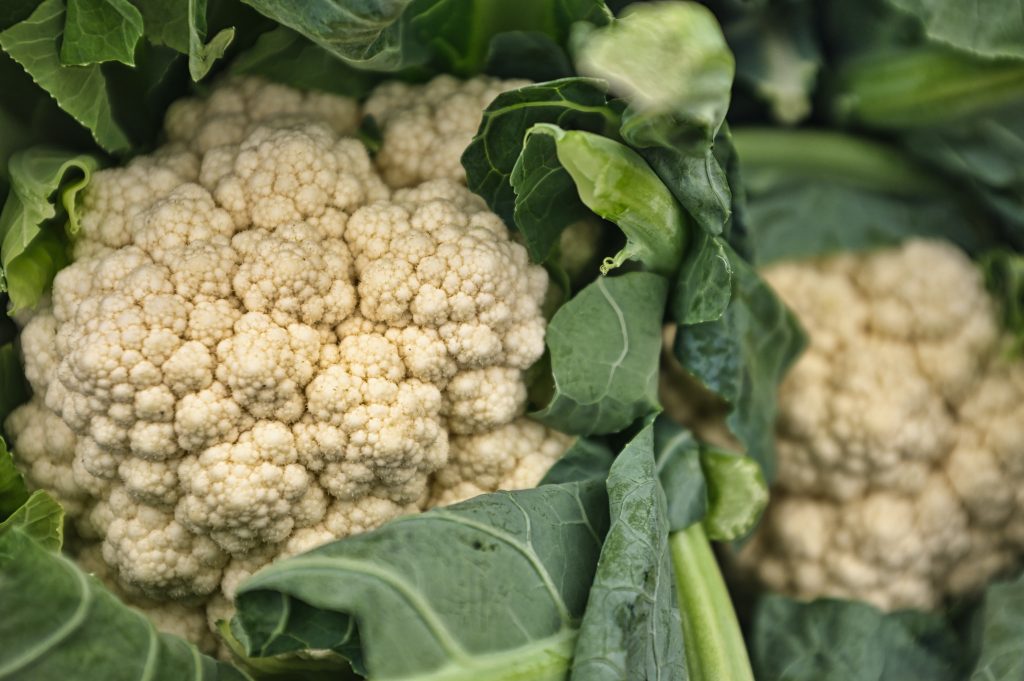
Cauliflower (Brassica oleracea var. botrytis) can be a tricky crop to grow. It needs a long period of consistently cool weather (60 degrees Fahrenheit or 15 degrees Celcius), so timing planting just right is key. Because the crop has such a large harvest gap on when it can become mature, it can be hard to gauge when best to plant it.
Fall: Direct sow seeds outdoors about 6-8 weeks before the first frost date of the season, so long as the temperature is regularly below 75 degrees Fahrenheit (23 degrees Celcius).
Cauliflower General Information
Scientific Name: Brassica oleracea var. botrytis
Other Common Names: None
Germination: 8 to 10 days
Hardiness: USDA Zones 2 to 11 (-50°F / -45°C)
Harvest: 50 to 100 days
Height: 12 to 30 inches (30 to 76 cm)
Invasive: No
Life Span: Annual
Plant Type: Vegetable
Season: Fall
Sun Exposure: Full Sun
Kale

Kale (Brassica oleracea var. sabellica) is an amazing cool weather crop that can be grown in the spring or in the fall. Due to the different varieties of kale, you can have plants that range in color from bright greens to dark purple. Because of this, they are wonderful crops that can double as decoration in pots or garden beds.
Spring: Direct-sow the seeds 4 to 6 weeks before your last frost date. The seeds germinate in soil temperatures as low as 40 degrees Fahrenheit (4 degrees Celcius).
Fall: Direct-sow the seeds 6 to 8 weeks before your first frost date of the autumn season. Planting kale in the fall can give some color to fall flowerbeds, as the kale can be used ornamentally until it is ready to harvest!
Kale General Information
Scientific Name: Brassica oleracea var. sabellica
Other Common Names: None
Germination: 5 to 8 days
Hardiness: USDA Zones 7 to 10 (0°F / -17°C)
Harvest: Varies by Variety (Check seed packet)
Height: 1 to 2 feet (30 to 60 cm)
Invasive: No
Life Span: Annual, Biennial
Plant Type: Vegetable
Season: Spring and Fall
Sun Exposure: Full Sun, Part Sun
Kohlrabi
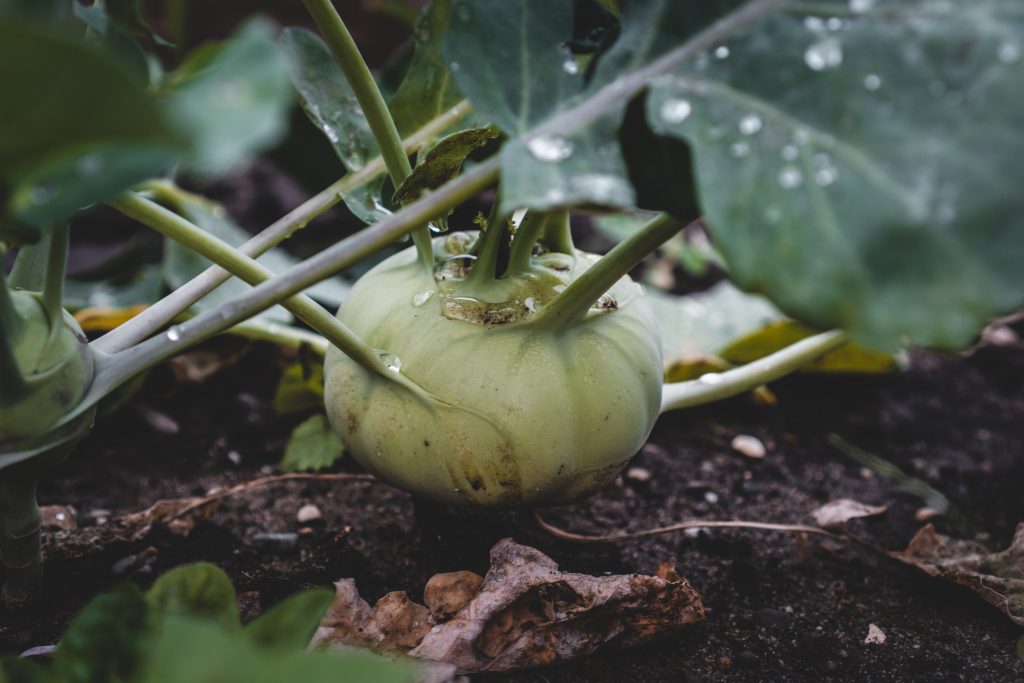
Kohlrabi (Brassica oleracea Gongylodes Group) is another cool weather crop that has a better flavor when exposed to a light autumn frost.
Spring: Direct-sow seeds outdoors as soon as the threat of frost has passed. If you wish to get a head start on planting, you can start seedlings indoors about 4 to 6 weeks before the last frost date. Then plant them outdoors as soon as they are safe from frost.
Fall: Direct-sow seeds 6 to 8 weeks before your first expected autumn frost.
Kohlrabi General Information
Scientific Name: Brassica oleracea Gongylodes Group
Other Common Names: German Turnip, Turnip Cabbage
Germination: 3 to 10 days
Hardiness: USDA Zones 3 to 10 (-40°F/°C)
Harvest: 55 days
Height: 12 to 18 inches (30 to 45 cm)
Invasive: No
Life Span: Biennial, grown as an annual
Plant Type: Vegetable
Season: Spring and Fall
Sun Exposure: Full Sun
Lettuce

Lettuce (Lactuca sativa) is a great cool weather crop for beginners. It is easy to grow and does not require much except for consistent watering. It grows well in partial shade, especially when the temperature gets warmer.
Spring: Direct-sow lettuce seeds as soon as the threat of frost has passed and the ground can be worked. It also does extremely well in containers, so they are great for decks and patios.
Fall: A good rule of thumb is to try to get the seeds in the ground about 2 to 3 months before your first frost date.
Lettuce General Information
Scientific Name: Lactuca sativa
Other Common Names: None
Germination: 7 to 15 days
Hardiness: USDA Zones 2 to 11 (-50°F / -45°C)
Harvest: 5 to 8 weeks
Height: 6 to 12 inches (15 to 30 cm)
Invasive: No
Life Span: Annual
Plant Type: Vegetable
Blooms:
Season: Spring and Fall
Sun Exposure: Full Sun, Partial Sun
Onion

Onions (Allium cepa) are a staple in many recipes, so it is a great crop to plant in both the spring and fall to get multiple harvests! When taken care of correctly, varieties of bunching onions can even be perennials, ensuring a harvest year after year!
Spring: Plant bulbs indoors about 8 to 10 weeks before the average last frost date. They can be transplanted into the garden just before the last frost date of the season.
Fall: Direct-sow bulbs into your garden 8 to 10 weeks before the first frost date in your area.
Onion General Information
Scientific Name: Allium cepa
Other Common Names: Bulb onion, Common onion, Garden onion, Shallot
Germination: 6 to 12 days
Hardiness: USDA Zones 2 to 9 (-50°F / -45°C)
Harvest: 30 to 120 days, depending on the type
Height: 12 to 18 inches (30 to 45 cm)
Invasive: No
Life Span: Biennial, Perennial
Plant Type: Vegetable
Season: Spring and Fall
Sun Exposure: Full Sun
Peas

Peas (Pisum sativum), unlike other crops in this list, you need to be careful when planting, as this crop cannot survive a hard frost. Because of this, when planting in the fall you need to make sure to plant them early enough that they can be harvested before your first frost date.
Spring: Direct-sow seeds outside as soon as the soil can be worked. However, be sure that the soil is consistently above 50 degrees Fahrenheit (10 degrees Celcius). If the soil is too cold, germination is inconsistent, or even nonexistent entirely.
Fall: Direct-sow seeds 6 to 8 weeks before your first expected frost date.
Pea General Information
Scientific Name: Pisum sativum
Other Common Names: None
Germination: 7 to 14 days
Hardiness: USDA Zones 3 to 10 (-40°F/°C)
Harvest: 50 to 120 days, depending on the variety
Height: 18 inches to 8 feet, depending on the variety
Invasive: Vining
Life Span: Annual
Plant Type: Vegetable
Season: Spring and Fall
Sun Exposure: Full Sun
Rutabaga

Rutabaga (Brassica napus Napobrassica Group) is a root vegetable that thrives when exposed to a light frost or two. In fact, the vegetables tend to be more tender and sweeter when they experience a couple of frosts. Because of this, the timing of planting rutabaga can be tricky. It is best to plant rutabaga late in the summer for a fall harvest, allowing the plants to mature in cooler weather.
Fall: Direct-sow seeds about 90 days before your first fall frost date, making sure that the soil temperature is down to 40 degrees Fahrenheit (4 degrees Celcius).
Rutabaga General Information
Scientific Name: Brassica napus Napobrassica Group
Other Common Names: Swede, Swedish turnip, Neep
Germination: 4 to 17 days
Hardiness: USDA Zones 3 to 9 (-40°F/°C)
Harvest: 90 days
Height: 12 to 24 inches (30 to 60 cm)
Invasive: No
Life Span: Annual
Plant Type: Vegetable
Sun Exposure: Full Sun
Spinach

Spinach (Spinacia oleracea), is a popular leafy green which is a quick-growing vegetable, able to be harvested within 4 to 6 weeks of planting.
Spring: Direct-sow spinach seeds as soon as the soil can be worked. It is a cold-loving plant, so it can tolerate the cool spring weather. The outer leaves can begin being harvested as soon as they are several inches long.
Fall: Direct-sow 8 weeks before your first expected autumn frost date.
Spinach General Information
Scientific Name: Spinacia oleracea
Other Common Names: None
Germination: 7 to 14 days
Hardiness: USDA Zones 2 to 11 (-50°F / -45°C)
Harvest: 4 to 6 weeks
Height: 6 to 12 inches (15 to 30 cm)
Invasive: No
Life Span: Annual
Plant Type: Vegetable
Season: Spring and Fall
Sun Exposure: Full Sun, Part Sun
Turnip

Turnips (Brassica rapa subsp. rapa) are another quick-growing plant, that is a hardy cool weather crop. They prefer air temperatures around 40 to 60 degrees Fahrenheit (4 to 15 degrees Celcius), so they are perfect for spring and fall planting, but not ideal for the hot heat of summer.
Spring: Plant turnips as soon as the soil can be worked, about 2-3 weeks before the last frost date. Direct-sow the seeds into the soil, as turnips do not tolerate transplanting well.
Fall: Sow the seeds in late summer, about 9 weeks before the first expected frost.
Turnip General Information
Scientific Name: Brassica rapa subsp. rapa
Other Common Names: White turnip
Germination: 4 to 7 days
Hardiness: USDA Zones 2 to 9 (-50°F / -45°C)
Harvest: 60 days
Height: 12 to 18 inches (30 to 45 cm)
Invasive: No
Life Span: Annual
Plant Type: Vegetable
Season: Spring and Fall
Sun Exposure: Full Sun to Part Sun
References
Baessler, Liz, “Cold Weather Food Crops – When to Plant Cold Season Vegetables” Gardening Know How, Last modified April 26, 2021, Accessed July 19, 2023, https://www.gardeningknowhow.com/edible/vegetables/vgen/spring-planting-crops.htm.
Buckner, Heather, “The 19 Best Cool-Weather Crops for a Productive Fall Garden” Gardener’s Path, Last modified December 14, 2022, Accessed July 19, 2023, https://gardenerspath.com/plants/vegetables/best-crops-for-fall/.
“Cool Season Crops” Seed Savers Exchange, Accessed July 19, 2023, https://www.seedsavers.org/cool-season-crops.
“Growing Guides” Almanac, Accessed July 19, 2023, https://www.almanac.com/gardening/growing-guides.
Rick, “A Complete List of Cool Season Vegetables” Our Stoney Acres, Last modified January 27, 2023, Accessed July 19, 2023, https://ourstoneyacres.com/a-complete-list-of-cool-season-vegetables.